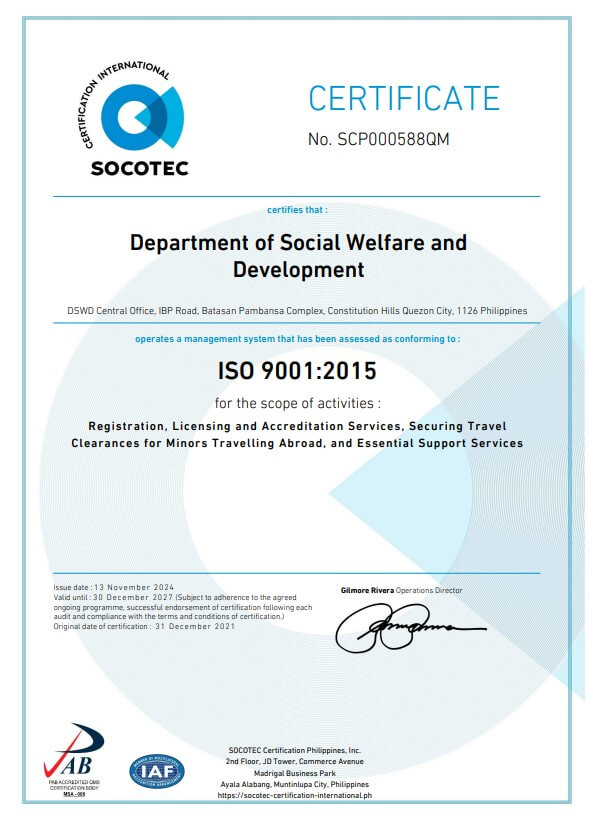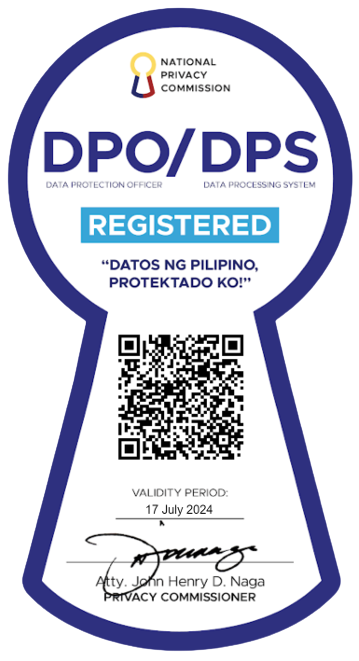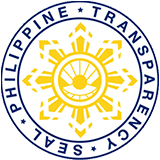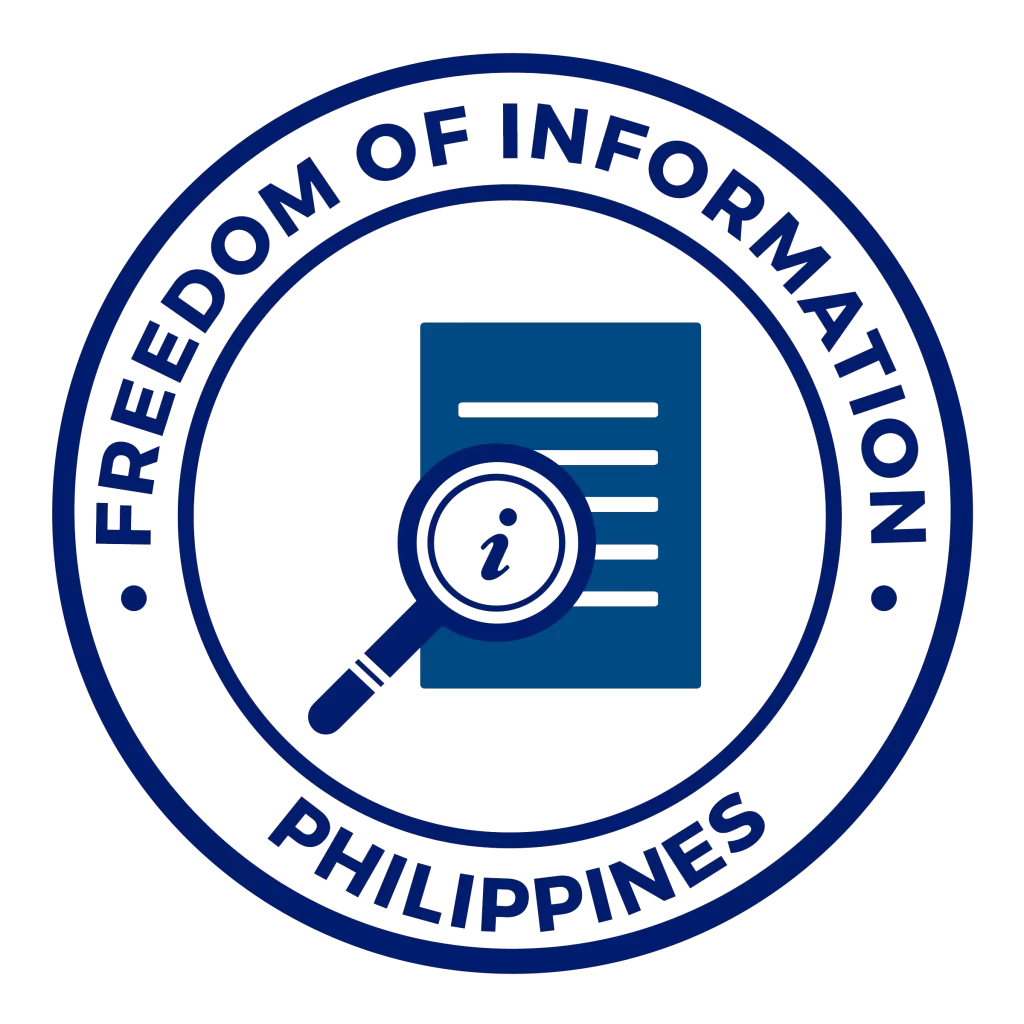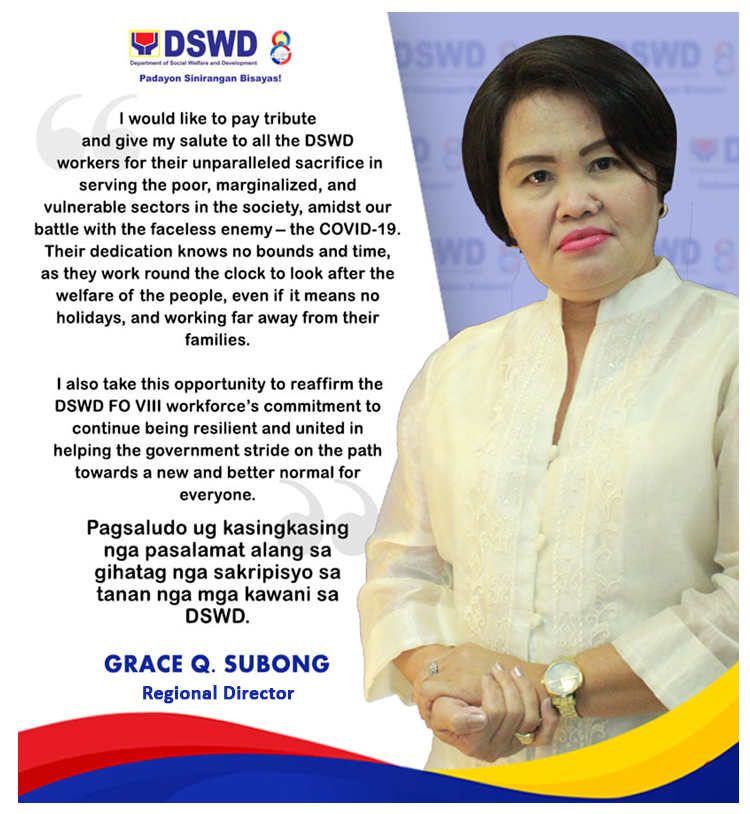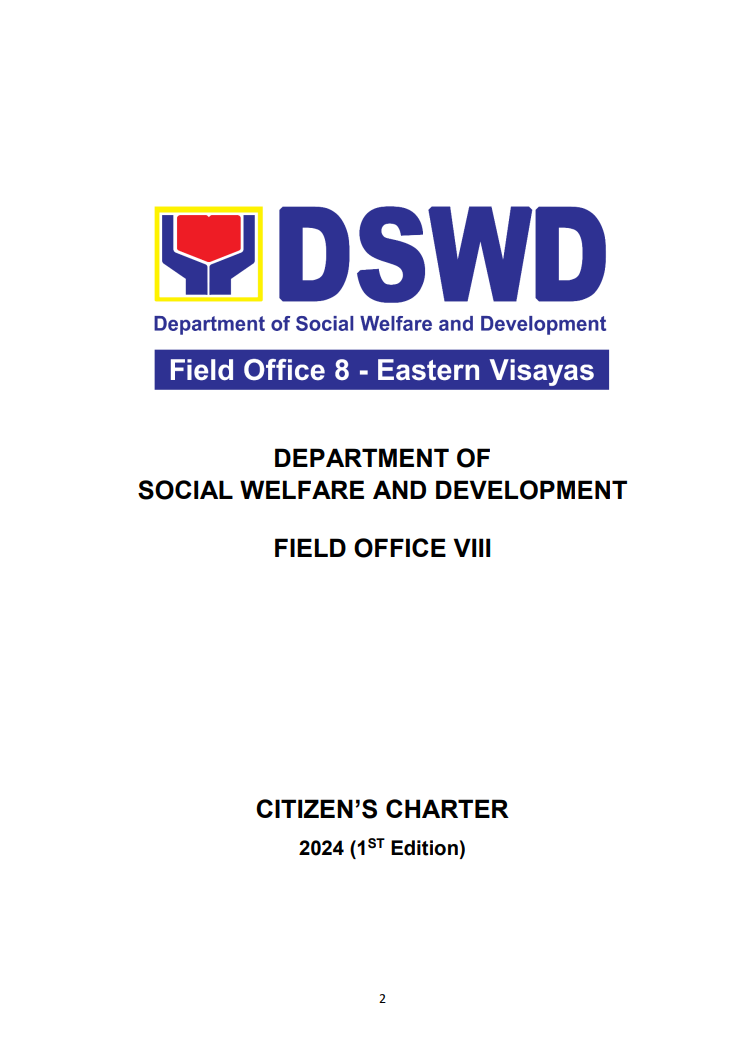The Department of Social Welfare and Development (DSWD) has recently clarified that it did not authorize distribution of registration forms to recruit new beneficiaries of the Pantawid Pamilyang Pilipino Program (Pantawid Pamilya).
The heat of the recent election had stirred media to get clarifications from the department after an unauthorized distribution of forms during the election period containing logos of the Liberal party, the DSWD’s Pantawid Pamilya and the National Household Targeting System for Poverty Reduction (NHTS-PR) was reported.
In a recent interview, DSWD Regional Director Remia Tapispisan explained that the selection of beneficiaries of the Pantawid Pamilya is solely generated through the DSWD’s National Household Targeting System for Poverty Reduction (NHTS-PR).
A Scientific Database
The National Household Targeting System for Poverty Reduction (NHTS-PR) is a scientific information management system that uses an internationally-accepted methodology in identifying households needing assistance from the government.
The NHTS-PR uses observable and verifiable criteria in classifying households as poor.
Household assessments were conducted in the entire region from March 2009 to March 2010. On-demand application (ODA) and validation activities were also conducted to ensure that all qualified households will be integrated in the database.
Applications of the Data
The NHTS-PR serves as a reference to the DSWD’s social protection programs such as the Pantawid Pamilyang Pilipino Program, Social Pension and Sustainable Livelihood Program in determining possible beneficiaries.
The NHTS-PR data can be shared to the Department’s stakeholders such as Non-Government Organizations (NGOs), National Government Agencies (NGAs) and Local Government Units (LGUs) after entering a Memorandum of Agreement with the DSWD.
The National Household Targeting Unit of DSWD Field Office Eight reported that National Government Agencies such as the Department of Health (DOH), National Economic and Development Authority (NEDA) and the Philippine Health Insurance Corporation (PhilHealth) have now begun to utilize the data generated from the database.
The use of data has now been extended to 60 Local Government Units in the Eastern Visayas: Almeria, Kawayan, Maripipi and Naval in Biliran; Arteche, Hernani, Llorente, Maydulong, Mercedes, Oras, San Julian and the provincial government of Eastern Samar; Alang-alang, Capoocan, Carigara, Javier, Julita, La Paz, Leyte, Mayorga, Palo, Palompon, San Isidro, Tabango , Tabon-tabon and Tunga in Leyte; Biri, Bobon, Capul, Catarman, Lavezares, Lope de Vega, Mondragon, Rosario, San Antonio, San Isidro, San Jose, Gamay, Las Navas, Palapag, Pambujan and San Roque in Northern Samar; Almagro, Sta. Margarita,
Tagapul-an, Hinabangan, Marabut, Paranas, Pinabacdao and Zumarraga in Samar; Anahawan, Libagon, Limasawa, Macrohon, Padre Burgos, Pintuyan, San Francisco, San Juan, Silago and Tomas Oppus in Southern Leyte.

